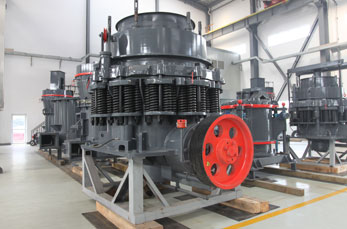A beneficiation plant slime refers to the fine, muddy waste material generated during the ore beneficiation process. It consists of ultra-fine particles, water, and residual chemicals used in mineral processing. Below are key aspects related to beneficiation plant slime:
 1. Composition & Characteristics
1. Composition & Characteristics
– Particle Size: Extremely fine (often <10 microns).
– Water Content: High moisture (typically 30–70%).
– Chemical Residues: May contain flotation reagents, heavy metals, or sulfides.
– Low Density: Difficult to settle or dewater due to colloidal properties.
.jpg) 2. Sources in Beneficiation Plants
2. Sources in Beneficiation Plants
– Tailings from gravity separation (e.g., spiral classifiers).
– Overflow from hydrocyclones or thickeners.
– Sludge from flotation processes.
3. Challenges in Handling Slime
– Dewatering Issues: Requires advanced techniques like filter presses, centrifuges, or deep cone thickeners.
– Storage & Disposal: Large tailings ponds needed; risk of dam failures (e.g., Brumadinho disaster).
– Environmental Risks: Acid mine drainage (AMD) if sulfides oxidize; contamination of water bodies.
4. Potential Solutions & Uses
– Re-processing: Recover residual metals via advanced methods (e.g., bioleaching).
– Backfilling: Mixed with cement for mine backfill (if chemically stable).
– Brick/Ceramic Production: Used as a raw material after stabilization.
– Paste Thickening: Reduces water content for safer disposal.
5. Environmental & Safety Measures
– Dry Stacking: Reduces water content before disposal.
– Geochemical Stabilization: Lime treatment to neutralize acidity.
– Real-Time Monitoring: Sensors to detect dam leaks or instability.
Would you like details on a specific type of slime (e.g., iron ore, coal, bauxite) or treatment technology?





Leave a Reply